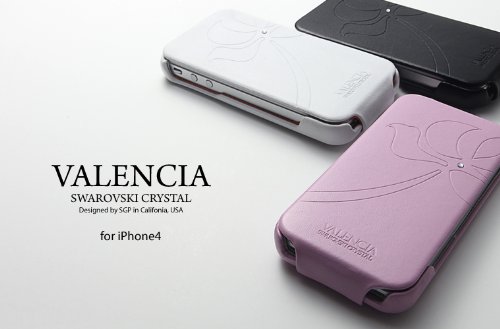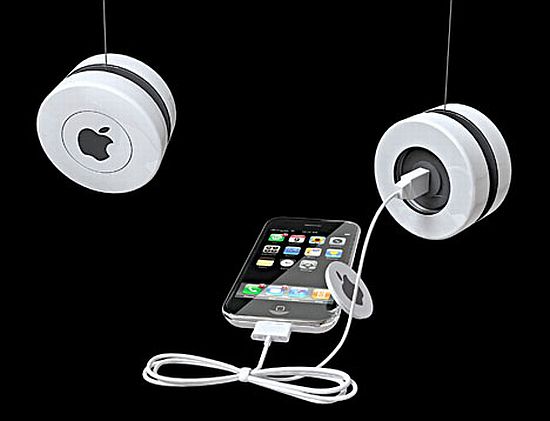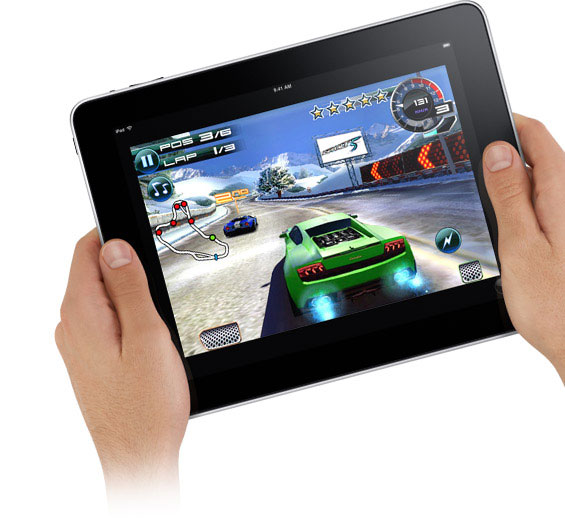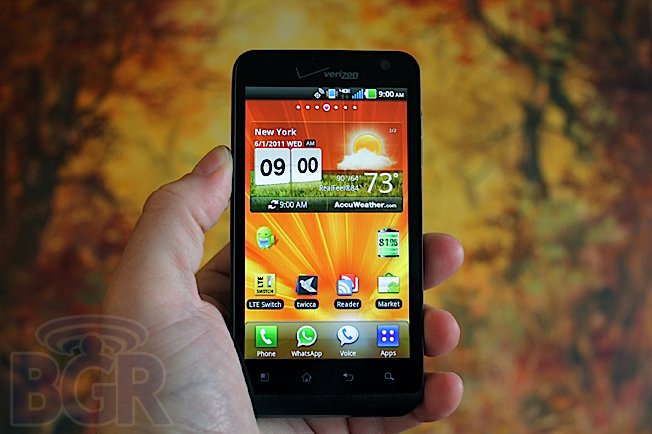
“4G” can mean a lot of things these days. for some carriers, it started out as marketing speak that did little beyond confusing customers. for others, 4G represents a next-generation network that might help ease the strain of a new breed of data-hungry smartphone users that have brought a nationwide 3G network to its knees. but while certain carriers were busy lobbying the International Telecommunications Union or launching crafty marketing campaigns, Verizon Wireless launched the fastest cellular network U.S. consumers have ever seen. on may 26th, Verizon released the LG Revolution and gave its subscribers their third 4G smartphone option. Does LG’s first 4G LTE phone address the shortcomings of Verizon Wireless’ earlier offerings? Read on for the full review.

Reviewing Froyo phones isn’t getting any easier thanks to the countless offerings that have launched over the past year. While Google has since released two new versions of Android, Gingerbread and Honeycomb, new Froyo devices are still being pushed out to market more than one year following the build’s unveiling at Google I/O in may 2010. there is a reason for this, of course: building phone software is expensive.
Android might be free and open source, but R&D, engineering and testing are most certainly not free. Manufacturers like LG, HTC and others used Froyo as a base when building their custom UIs and making other tweaks to the Android OS. To carry these designs forward to new builds of the Android OS is a very costly and time-consuming process. after the major investment made in Froyo, it seems as though cell phone makers have slowed down the development cycle with Gingerbread, especially with Google’s next major version of Android — Ice Cream Sandwich — looming on the horizon. This will be the build that unifies tablets and smartphones, merging the best of Honeycomb and Gingerbread into a single universal OS. Manufacturers have likely already begun porting their respective UIs to Ice Cream Sandwich, so devoting time and resources to Gingerbread is a double-edged sword.
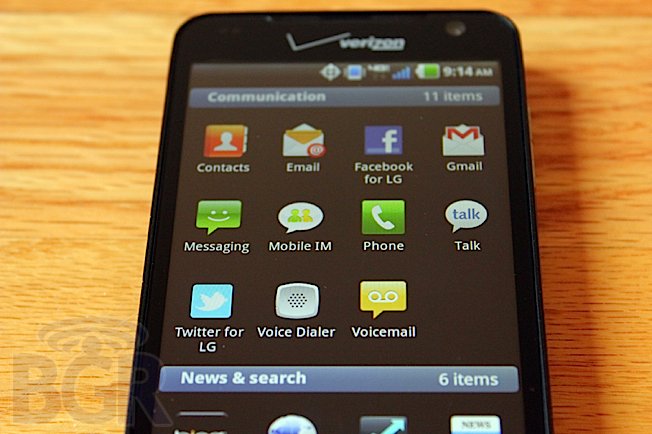
LG’s Optimus UI on top of Froyo is tricky business. on one hand, it does its job fairly well and provides several nifty widgets that can be placed on any of the phone’s seven home screens. on the other hand, it often reads like a cheap, cartoony Sense UI knock-off. the app icons within the Optimus UI in particular are a bit too bright and cheery for me, and the stylized widgets are also not to my taste. To be clear, this is a cosmetic qualm and the issue certainly doesn’t impact function.
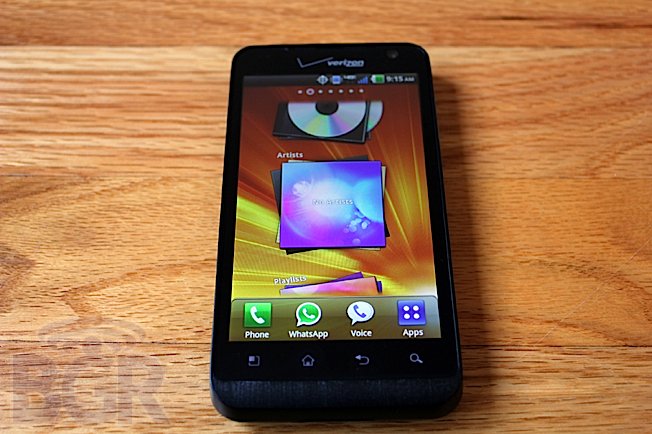
LG has included widgets that will take care of just about any need the typical smartphone user might have — from checking the time and weather to controlling music playback or viewing live stock quotes — and there are plenty of third-party widget options to fill in the blanks. the utility is definitely there, but styling is still an important factor that should be considered; this is a gadget you’ll potentially be looking at day in and day out for years to come. As far as my taste goes, I would place LG’s Optimus UI in between Samsung’s TouchWiz and HTC’s Sense, which still wears the crown by a long shot.
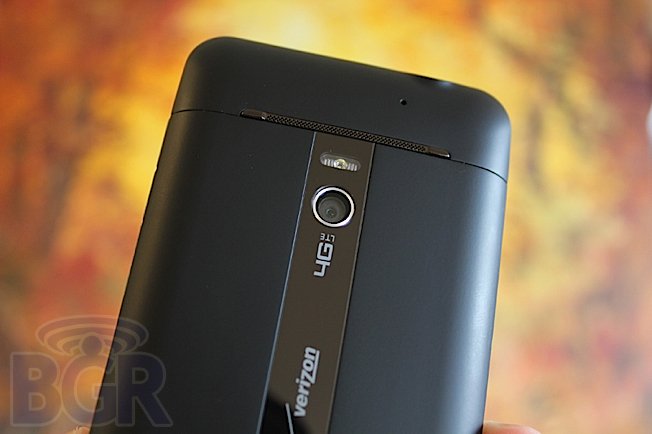
Where function is concerned, the LG Revolution can definitely keep up with the bulk of modern Android smartphones currently on the market. It doesn’t have a dual-core Tegra 2 processor, but its 1GHz Snapdragon CPU has yet to give me any real problems during typical usage. I did find that it slowed a bit under extremely heavy strain, but this is expected of any Android device at this point due to the free rein developers have with background processes. again, however, bogging is most definitely the exception to the rule with LG’s Revolution, and most functions free of any real stuttering. there is some UI slowness at times, but this is an issue with Android and it can be seen even on the fastest dual-core smartphones on the market today.
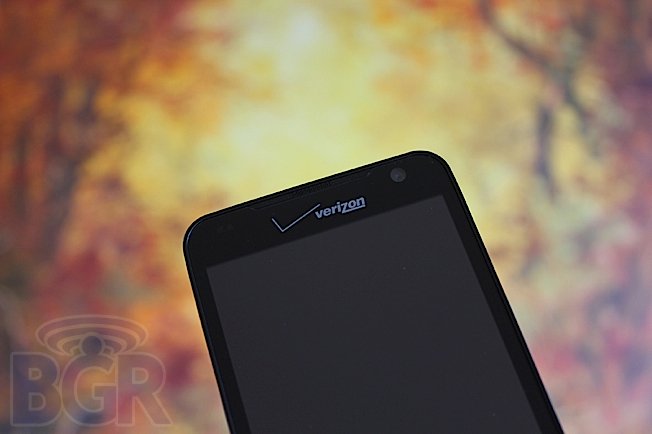
Verizon Wireless users will be excited by the fact that data continues to come and go during voice calls, though the calls themselves will not be overly exciting. Call quality is mediocre at best, though the ear speaker volume is more than sufficient. I found the audio quality with speakerphone enabled to be sub par, and the distortion was simply unbearable with the volume turned up above approximately 60%. Callers on the other end of the phone weren’t impressed with call quality either, so I would definitely recommend investing in a decent Bluetooth headset if you intend to pick up a Revolution.
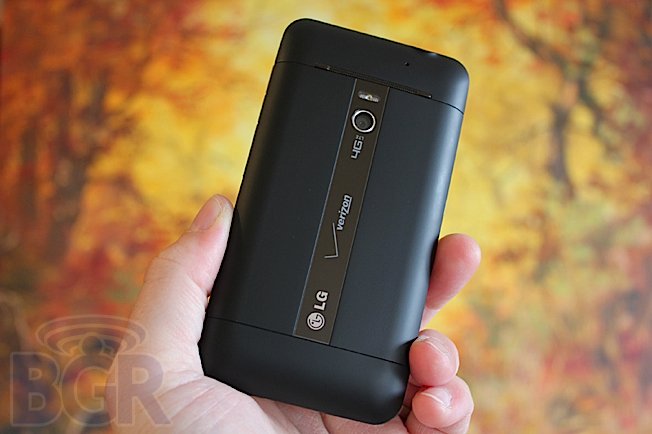
When it comes to build quality, LG is hit or miss. Some of its devices feel like cheap toys that climbed out of the bottom of a cereal box, while others — like the G-Slate tablet, for example — feature top-notch materials and a solid build that can rival any device on the market. Thankfully, the Revolution falls into the latter of those two categories. the phone is a bit hefty at 6.06 ounces, but I like a phone that has a substantial feel. the front of the device is smooth glass that is noticeably devoid of an oleophobic coating, the bezel is a hard black plastic that feels very solid, and the back sports a smooth, slightly rubbery feel that greets the hand perfectly.
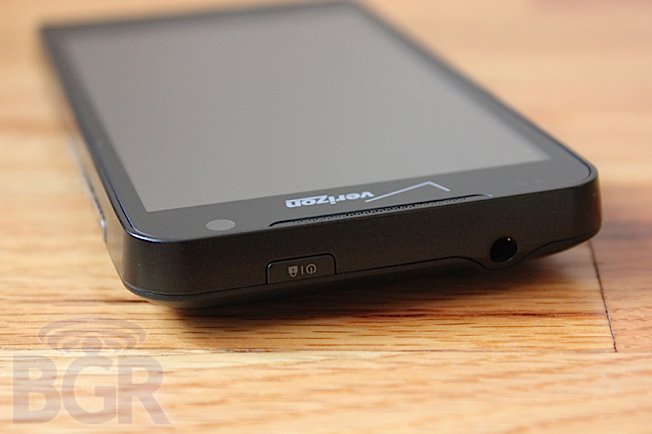
The top of the Revolution is home to a power/lock button and a 3.5-millimeter audio jack, and the bottom of the phone sports only a microphone. the left side features a covered microUSB port for charging and connectivity to a PC, while the right side is home to a volume rocker and an HDMI-out port.
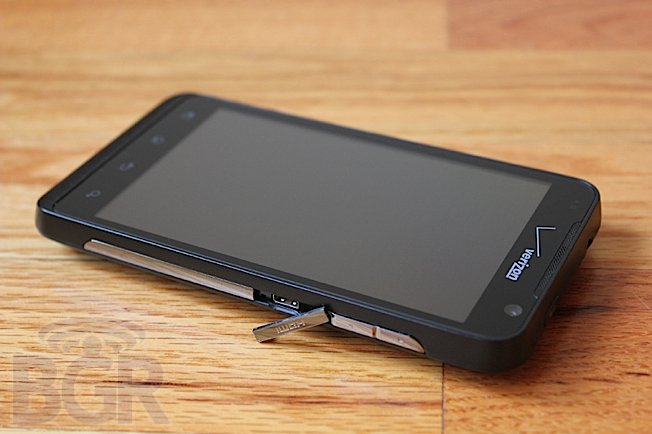
The back of the phone features a second microphone for noise cancellation, which is accompanied by a black chrome strip down the center of the device. This strip holds LG, Verizon and “4G LTE” logos along with a 5-megapixel camera and an LED flash. a second camera is located on the face of the phone to facilitate video chats, and the four standard capacitive Android buttons are located beneath the display.
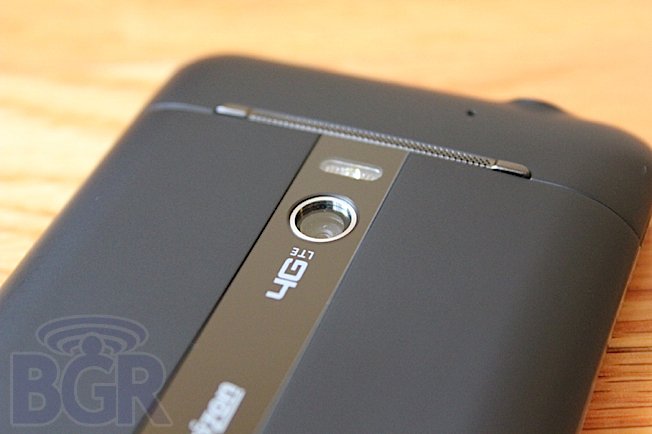
LG’s Revolution sports a 5-megapixel camera while the HTC ThunderBolt and Samsung DROID Charge feature 8-megapixel shooters. Anyone who owns a camera phone can tell you megapixels mean precious little in terms of the quality of the resulting images — I would take the 5-megapixel camera from Apple’s iPhone 4 or even 2-year-old Nokia smartphones like the N82 or N95 ahead of any currently available 8-megapixel cell phone camera. in the case of the Revolution, the images captured by its camera are at least on par with the ThunderBolt and DROID Charge, if not marginally more clear. Low light images are pretty bad, as they are with 99% of camera phones, but the Revolution’s camera performed quite well in daylight and in well lit rooms.
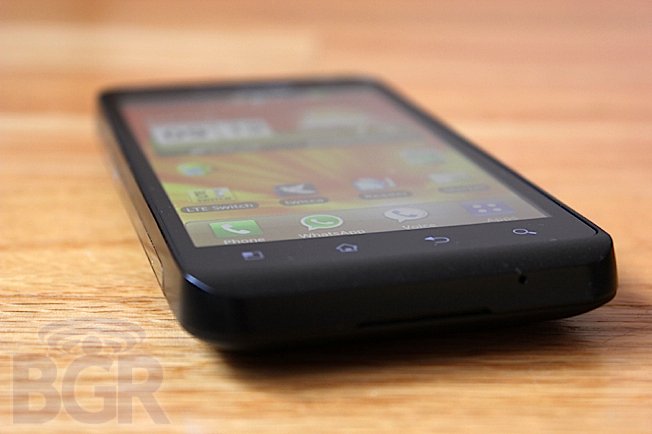
Speed, speed, speed. the biggest benefit of the LG Revolution over the majority of smartphones on the market is undoubtedly the 4G LTE network behind it. I regularly saw data speeds between 10 and 13Mbps down and 5Mbps or more up. Latency generally fell between 65 and 80 milliseconds, which is also quite impressive for a mobile network, especially considering latency was very consistent. This performance is far better than land-based broadband service from many ISPs. in fact, it’s even better than services offered by some of the country’s top Internet providers. I use Time Warner Cable, for example, and while my download speeds of up to 30Mbps far exceed Verizon Wireless’ LTE, my real-world tests of Verizon’s 4G upload speeds were over 10 times faster than by cable Internet, which is capped at a laughable 500Kbps.
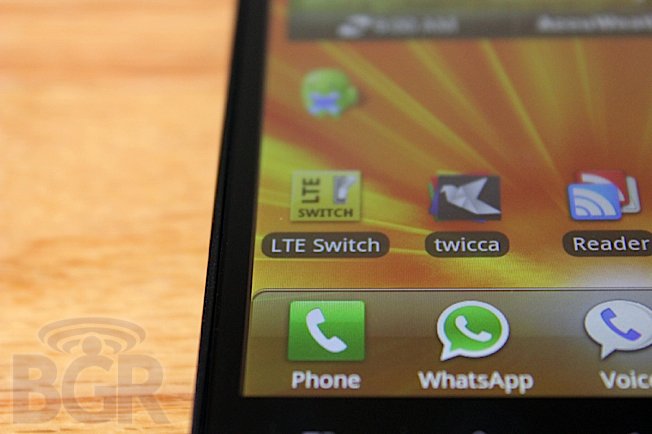
What am I supposed to do with all that speed? good question. Having access to this kind of speed on a mobile phone has limited utility in the real world for the time being. It can still definitely come in handy, however. the LG Revolution ships with a Netflix app that I’ve not yet been able to trip up a single time. I have started to stream movies while downloading giant email attachments, for example, and I couldn’t even get the Netflix app to choke for a fraction of a second. there is also a YouTube app, a link to download Bitbop, Slacker Radio, a link to download Blockbuster’s app, a link to download Rhapsody and several V Cast media apps on the device, just begging users to stream as much media as possible.
Then there’s the mobile hotspot function, of course, which supports up to eight concurrent connections while covered by 4G. here is a test I performed yesterday evening with a MacBook Air tethered to the LG Revolution via the integrated mobile hotspot feature:

“Faster than 88% of US.” enough said.
Of course don’t expect the mobile hotspot feature to take you very far unless you have a charger and an outlet near by. also, I found that it sometimes took me quite some a while before I was able to move data once connected to the Revolution via Wi-Fi. even while I could send and receive data on the phone itself, connected devices such as my laptop, a Galaxy Tab 10.1 and a BlackBerry PlayBook were unable to send or receive data until they were connected for about 90 seconds. Then, other times, I was able to connect to the Internet just fine within a few seconds of negotiating an IP address.
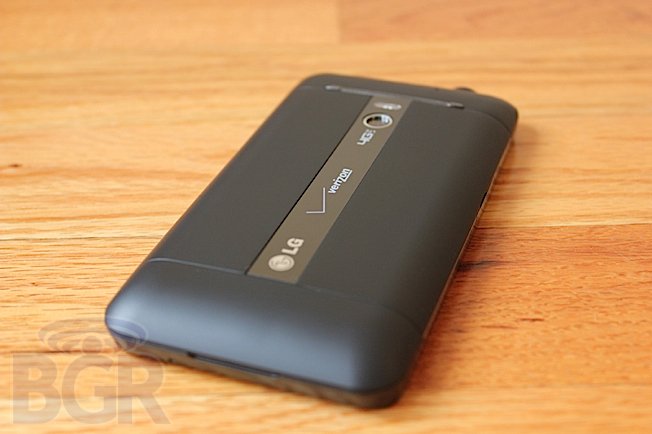
Just as I would place the Optimus UI between HTC and Samsung’s competitive offerings, battery size is another area where the LG falls squarely in between HTC and Samsung — the revolution’s 1,500 mAh battery sits directly between the ThunderBolt’s 1,400 mAh battery and the DROID Charge’s 1,600 mAh offering. To the end user, this hardly matters. What does matter, however, is a smartphone’s ability to manage battery life and perform its various functions without leaving the user worried about having his or her phone die. in this regard, the LG Revolution fails miserably.
With 4G enabled, I could barely get the Revolution to idle for a full day without running out of juice. with regular usage, the phone would cough and sputter by the early afternoon and with heavy usage, I was lucky to get a few hours out of the Revolution. in a day and age where people rely on their smartphones more than ever, this is simply unacceptable.

For reasons unknown, Verizon and LG have chosen not to give users a simple way to enable and disable 4G LTE. I can understand that 4G is novel for Verizon and it wants users to bask in the glow of its blistering data speeds, but when that glow only lasts a few short hours per charge, common sense needs to be exercised. I use a third-party app called “LTE Switch” to enable and disable LTE on my Revolution review unit, and it works like a charm. the device needs to reboot every time you switch LTE on or off, but I was able to get just about a full day of usage out of the phone when I disabled LTE often. I shed a tear when subsequent speed tests rang up at below 1Mbps down, but whenever I needed a boost I just fired up LTE and let the Revolution soar.
My only other major issue with this smartphone is the display. the giant 4.3-inch display consumers can’t seem to get enough of on Android phones just so happens to be my least favorite thing about the Revolution’s hardware. It’s bad. the size is great, the backlighting is sufficiently bright, the resolution is decent at a now-baseline 480 x 800 pixels… but the panel itself just doesn’t do it for me. the viewing angle is terrible, colors are very washed out and graphics just don’t pop compared to more modern displays.
Also — and this may be an issue with the UI as much as it is with the screen — color gradients are particularly terrible on the Revolution’s display. on a better screen like one of Samsung’s offerings or Apple’s Retina Display, colors fade very smoothly from one to the next on UI elements, and this really enhances the look of the graphics. on the Revolution, this effect cannot be pulled off. Gradients that fade from black to dark gray, for example, render as horizontal or vertical bars that are aligned in progressively lighter colors. the transition is not smooth and seamless, as it should be on a modern smartphone display.
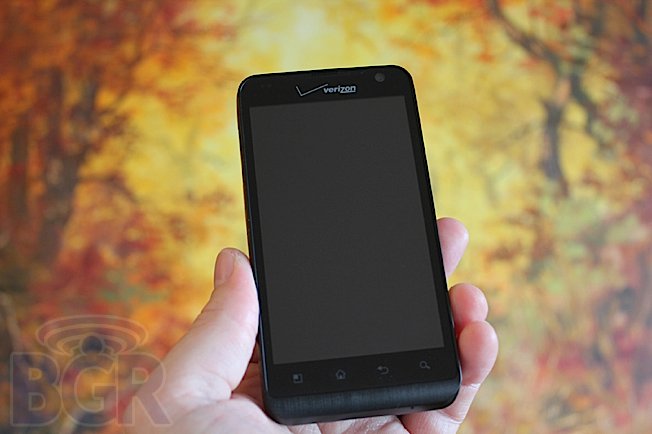
Every time we mention Verizon Wireless’ 4G LTE network here on BGR, we write about how ridiculously fast it is compared to the competition. At this point in time, it really has no rival. Those looking for a new smartphone who value blazing fast data speeds above all else really have three choices, and they’re all Verizon phones. LG’s Revolution is the newest of the three, and while it can’t match the gorgeous Super AMOLED plus display on the DROID Charge or the sleek and stylish Sense UI on the ThunderBolt, it easily features my favorite design and build of the three devices. the Revolution also features the same Android 2.2 OS as the Charge and the ThunderBolt, so it is essentially just as capable.
The trade off with an LTE phone, of course, is battery life. There’s just no way to sugar coat it… battery life on the LG Revolution is abysmal, just like it is on the ThunderBolt and the DROID Charge. Those seriously considering any of these smartphones should be prepared to purchase several additional wall chargers and a car charger in order to have access to power as often as possible.
Tags: 1GHz, 4.3 inch, 4G, 4G LTE, 5 megapixel, Android, Android 2.2, Froyo, LG, LG Revolution review, LTE, Mobile Hotspot, optimus, Optimus UI, review, Revolution, Revolution review, Smartphone, snapdragon, Verizon, verizon wireless, VZW
 Following the recent disaster in Northern Japan. which was severely damaged by earthquakes and the resulting tsunami, one company has created a new (but old) way to charge your phone- with fire.
Following the recent disaster in Northern Japan. which was severely damaged by earthquakes and the resulting tsunami, one company has created a new (but old) way to charge your phone- with fire.














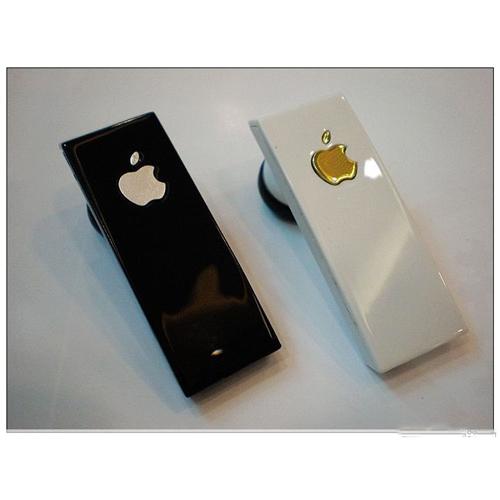 Katherine Boehret, on Tuesday June 21, 2011, 5:56 pm EDT
Katherine Boehret, on Tuesday June 21, 2011, 5:56 pm EDT 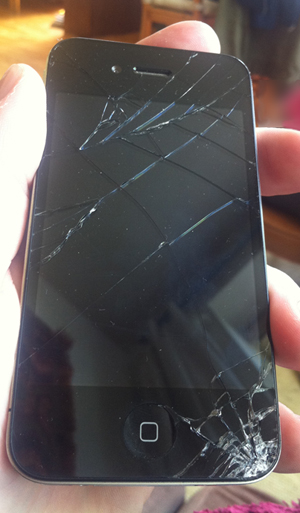
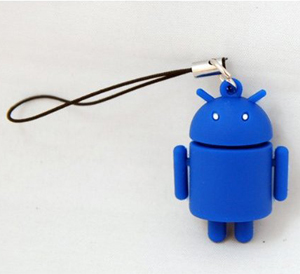
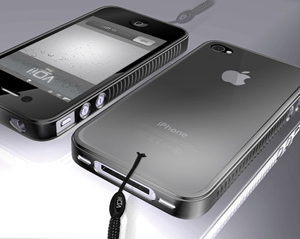
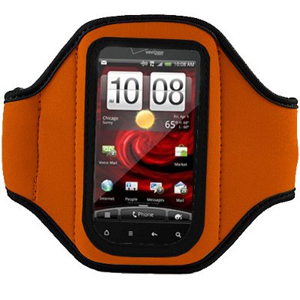
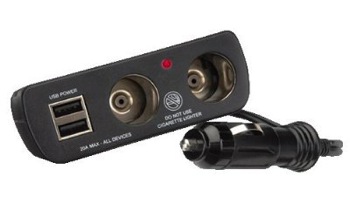

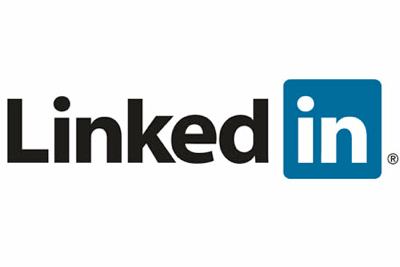 what makes LinkedIn different to other social networking services is the fact that most of their subscribers are somewhat wealthy, as they are mostly business types. This means that they will be more beneficial to the advertisers – something that investors will consider.
what makes LinkedIn different to other social networking services is the fact that most of their subscribers are somewhat wealthy, as they are mostly business types. This means that they will be more beneficial to the advertisers – something that investors will consider.